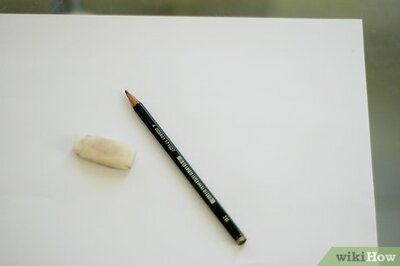
views
Exactly 40 years ago, on April 3, 1973, Motorola demonstrated the world's first portable cellular telephone and system.
The first public calls using Motorola DynaTAC (DYNamic Adaptive Total Area Coverage) technology were made in New York City.
Below is the full text of the press release issued by Motorola on the occasion:
MOTOROLA INC.
1301 Algonquin Road
Schaumburg, Illinois 60172 (312) 358-7900
Mobile FM 2-Way Radio
Portable FM 2-Way Radio
Radio Paging
Communications Control Centers
Visual Communications Systems
Signaling and Control Equipment
Car Telephone
Frequency Components
Microwave Communications
System Parts and Service
Contact:
Bob Walz
Rebecca Knesel
(312) 358-7900 Chicago
(212) 685-8154 New York
FOR RELEASE AFTER 11:00 A.M. TUESDAY, APRIL 3, 1973
MOTOROLA DEMONSTRATES PORTABLE TELEPHONE
TO BE AVAILABLE FOR PUBLIC USE BY 1976
New York, April 3, 1973 -- A hand-held, completely portable telephone which will allow its user to place or receive telephone calls from virtually anywhere in a metro area equipped with the new DYNA T·A·Csystem, was demonstrated today by Motorola, Inc.
This new DYNA T·A·C portable radio telephone will operate over radio frequencies and "talk" to any conventional telephone in the world, according to Motorola Vice Presidents John F. Mitchell and Martin Cooper. Mitchell is general manager of the company's communications division, and Cooper is director of systems operations for the division.
"What this means," said Mitchell, "is that in a city where the DYNA T·A·C system is installed, it will be possible to make telephone calls while. riding in a taxi, walking down the city's streets, sitting in a restaurant or anywhere else a radio signal can reach ...
"We expect there'll be heavy usage by a 'widely diverse group of people - businessmen, journalists, doctors, housewives, virtually anyone who needs or wants telephone communications in areas where conventional telephones are unavailable, " Mitchell said.
The unit weighs less than three pounds, fits in the hand and operates as simply as a conventional telephone, Cooper said.
The DYNA T·A·C system, a complex computerized network, will coordinate the operation of the portable phones and provide the tie-in with the conventional telephone network, Cooper said.
"In addition to the state-of-the-art advances 'which were' necessary to make the portable electronic phone and DYNA T·A·C system a reality, " Mitchell continued, "the opening of new radio frequencies by the Federal Communications Commission (FCC) was of critical importance."
The FCC has proposed 115 MHz of spectrum including channel 73 through 88 to be allocated to two-way radio applications, and encouraged the industry to come forward with new two-way radio uses for the spectrum. This new portable radio tele- phone system by Motorola is in response to the FCC's request.
Pending approval by FCC, Mitchell said Motorola plans to install the first DYNA T·A·C system in New York by 1976.
"To assure complete communications coverage, throughout the New York metropolitan area!' Cooper said, "the DYNA T·A··C system will consist of a number of strategically located radio transmitters and receivers controlled by a central computer."
"Each telephone has a touch tone type keyboard. To place a call, the desired phone is dialed like a conventional touch tone phone. "As the portable phone user talks
his voice is transmitted over the air much the same way a two-way radio station transmits. This message is picked up by a receiver, relayed to the DYNA T.A·C central computer and fed into the regular telephone network.
"When someone wants to reach a portable radio telephone user, they Simply dial the portable telephone numbe ron any regular telephone and the DYNA T·A·C phone rings. The caller's voice is carried through the telephone lines to the central computer and then transmitted by radio to the portable phone," Cooper said.
The central computer, the heart of the DYNA T·A·C system, will keep track of each portable phone in the system and select the specific transmitter and receiver which will provide the best message quality for each call, Cooper said.
"As a portable phone user moves about the city in the midst of a call," Cooper said, "the computer will switch the conversation to different transmitters and receivers as required to assure continued clear message quality. This happens so quickly, neither party in the conversation is aware of it."
Cooper said that in addition to the FCC making new spectrum available, breakthroughs in integrated circuit technology make this new concept possible. The portable telephone has a miniature computer built into the two-way radio to perform the telephone functions. This miniature computer uses new large-scale, extremely low-drain, integrated circuits that have as many as two thousand transistors on one small piece of silicone the size of a large pin head. Further applications of this technology will produce even smaller portable telephones and lower cost units, Cooper said.
####
















Comments
0 comment